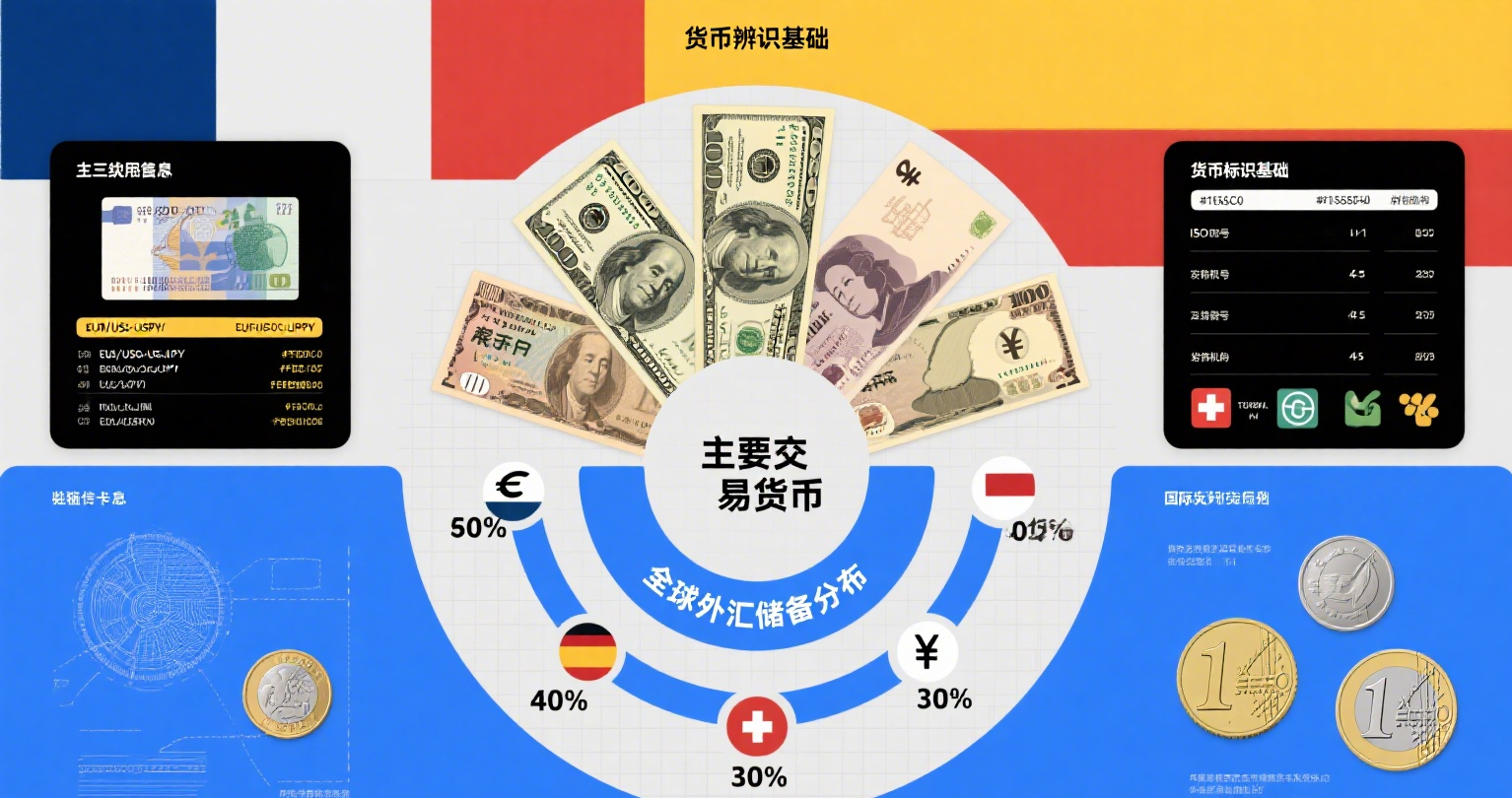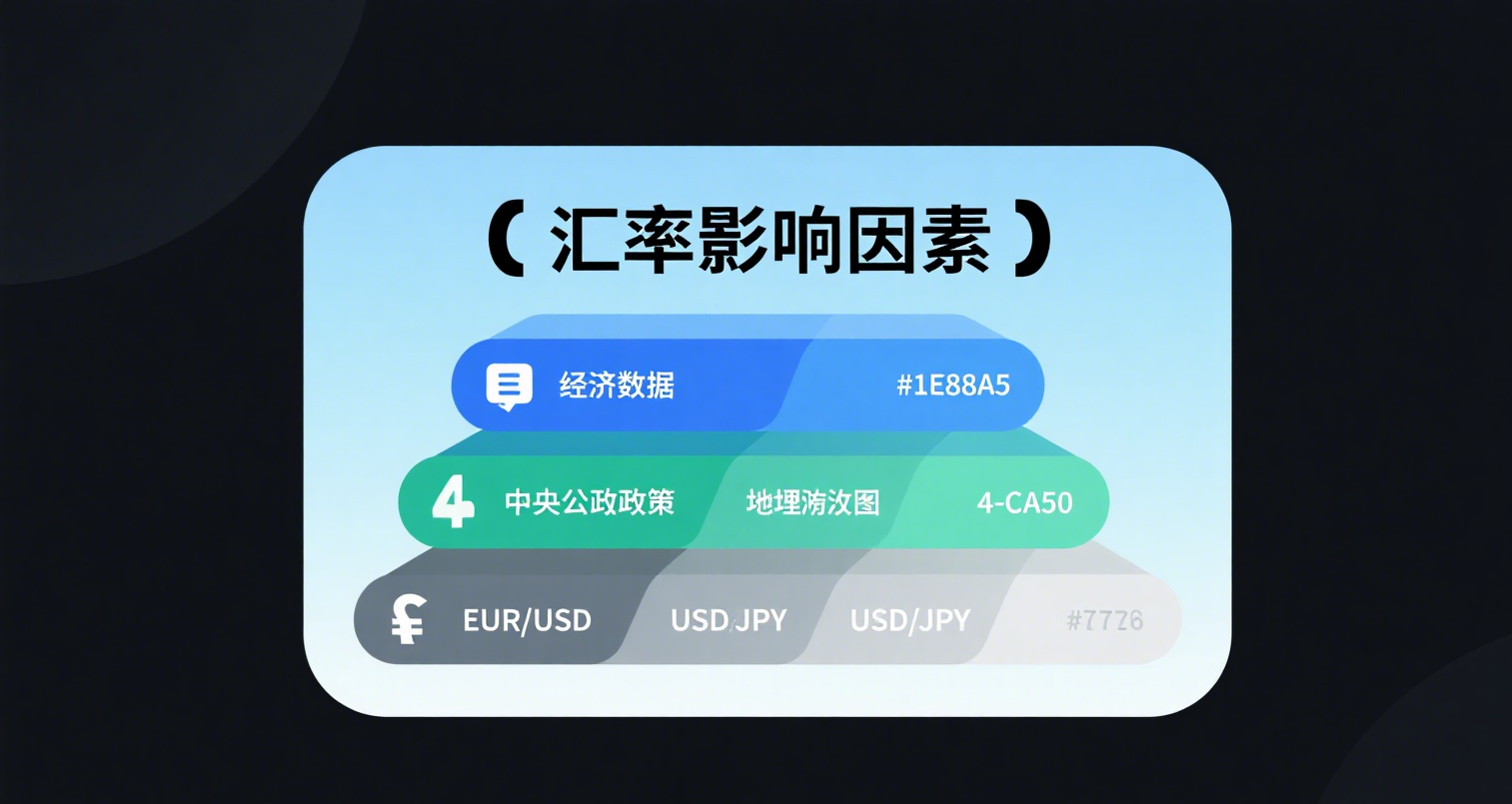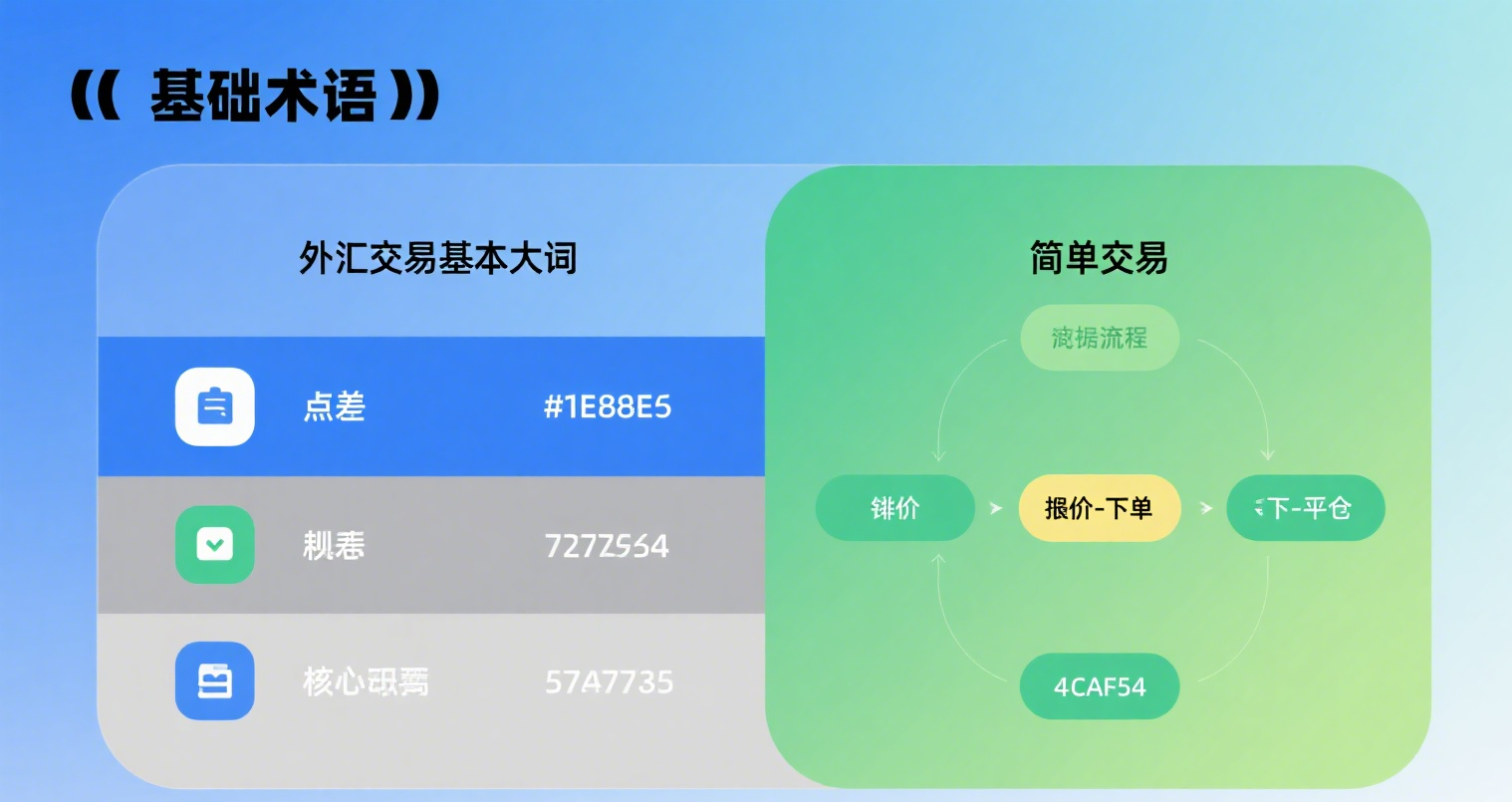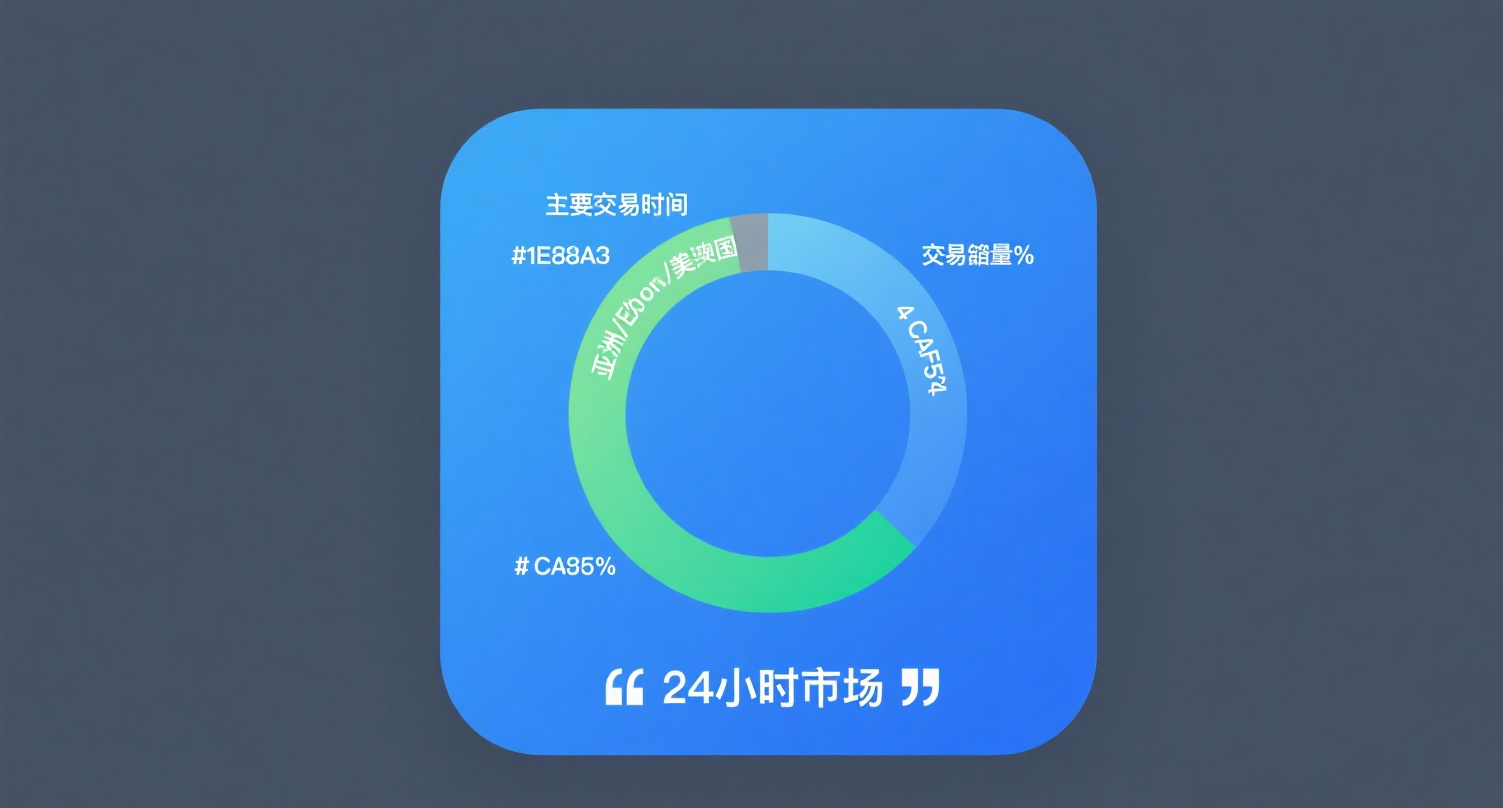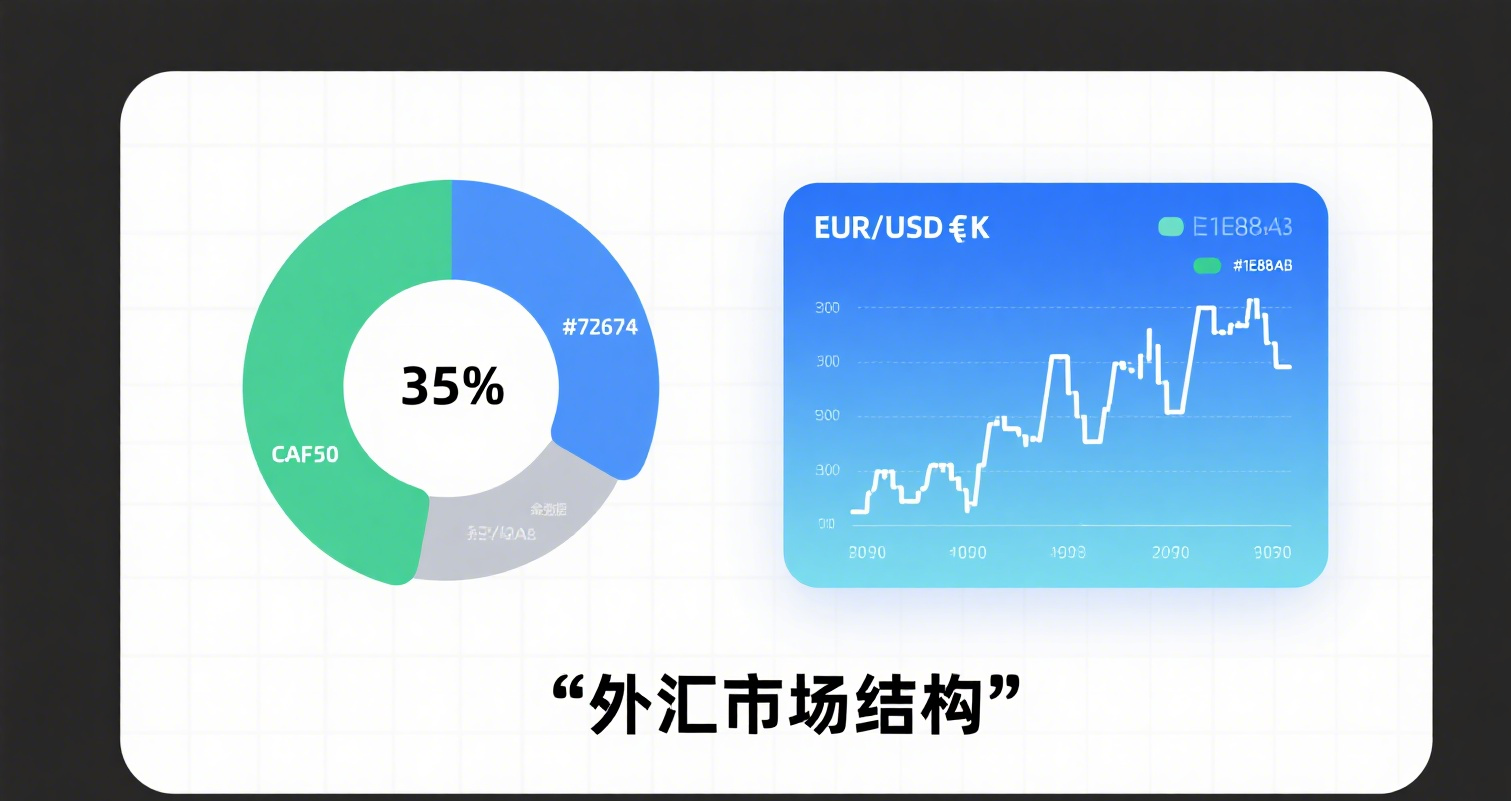What Does Comparative Advantage Mean?
What Is Comparative Advantage?
If a producer gives up fewer other goods when producing good X, meaning the opportunity cost of producing X is lower, we say that producer has a comparative advantage in producing X.
For example: Suppose there are two farmers, Zhang San and Li Si, who can grow either wheat or corn (working 10 hours per day):
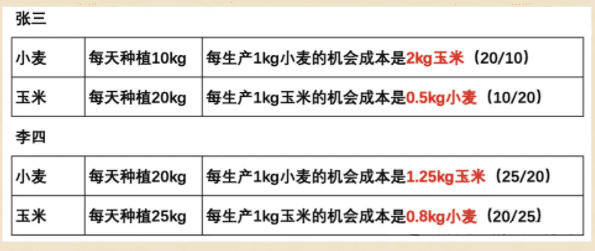
| Wheat Output | Corn Output | |
|---|---|---|
| Zhang San | 10kg | 20kg |
| Li Si | 20kg | 25kg |
From this, we can see:
-
For wheat production, Li Si has a lower opportunity cost (Li Si gives up 1.25kg corn, while Zhang San gives up 2kg corn), so Li Si should grow wheat.
-
For corn production, Zhang San has a lower opportunity cost (Zhang San gives up 0.5kg wheat, while Li Si gives up 0.8kg wheat), so Zhang San should grow corn.
Many people find comparative advantage confusing, but just remember this key idea:
"Whoever has the lower opportunity cost in producing a good has a comparative advantage in it and should specialize in its production."
Impact on Trade:
In the example above, Li Si is more efficient than Zhang San in both wheat and corn production—this is called absolute advantage. Yet, Zhang San still grows corn, and Li Si grows wheat because this maximizes benefits for both. Why? Because trade allows both to gain.
For example: Suppose 1kg wheat is exchanged for 1.5kg corn (or 1kg corn = 0.67kg wheat).

| Self-Sufficiency | After Trade (Specialization) | |
|---|---|---|
| Li Si | 10kg wheat + 12.5kg corn | 20kg wheat → can trade for 30kg corn (more than before) |
| Zhang San | 5kg wheat + 10kg corn | 20kg corn → can trade for 13.3kg wheat (more than before) |
Here, 1.5kg is between 1.25kg and 2kg, and 0.67kg is between 0.5kg and 0.8kg. As long as the exchange rate lies between the two opportunity costs, both parties benefit from trade. Isn’t that fascinating? This also explains why different countries specialize in different industries.







